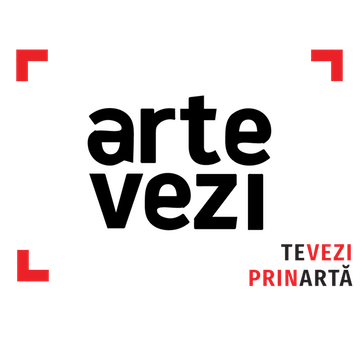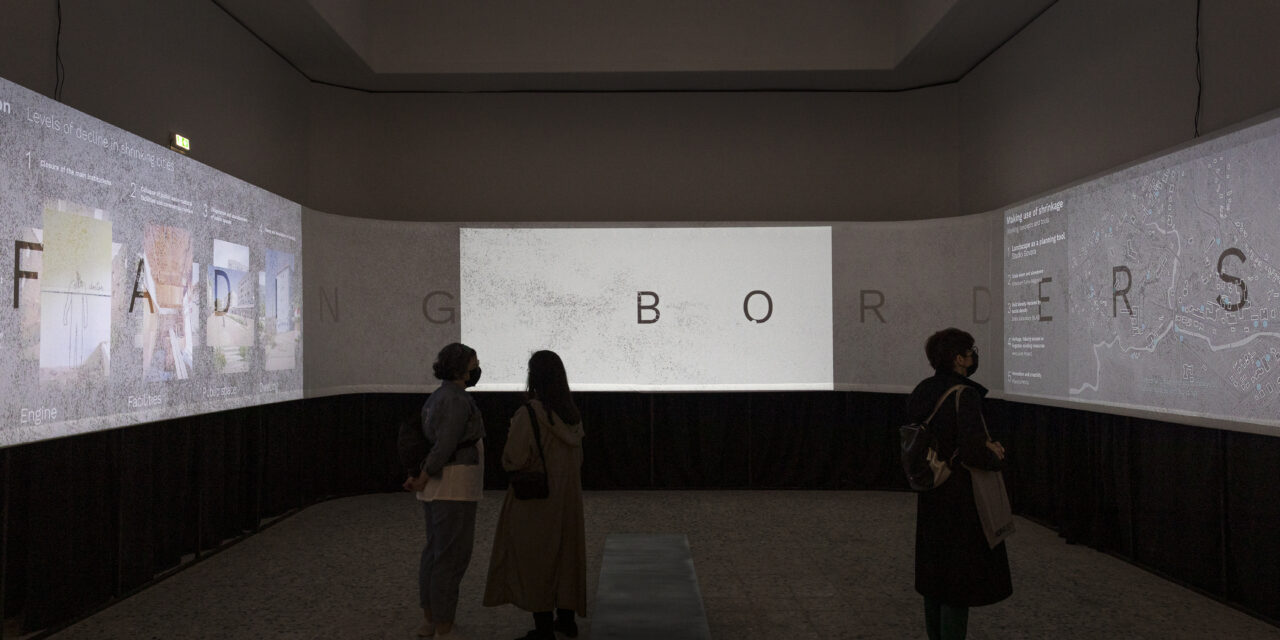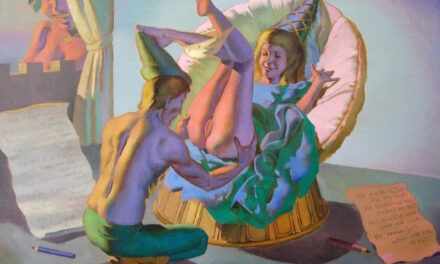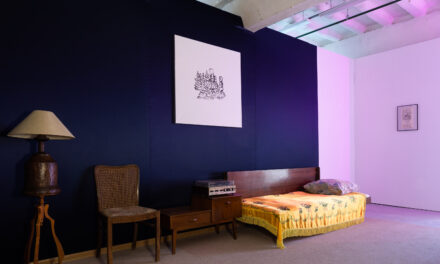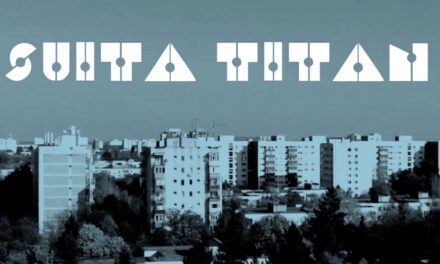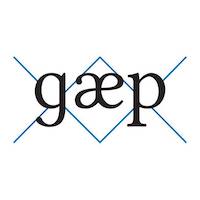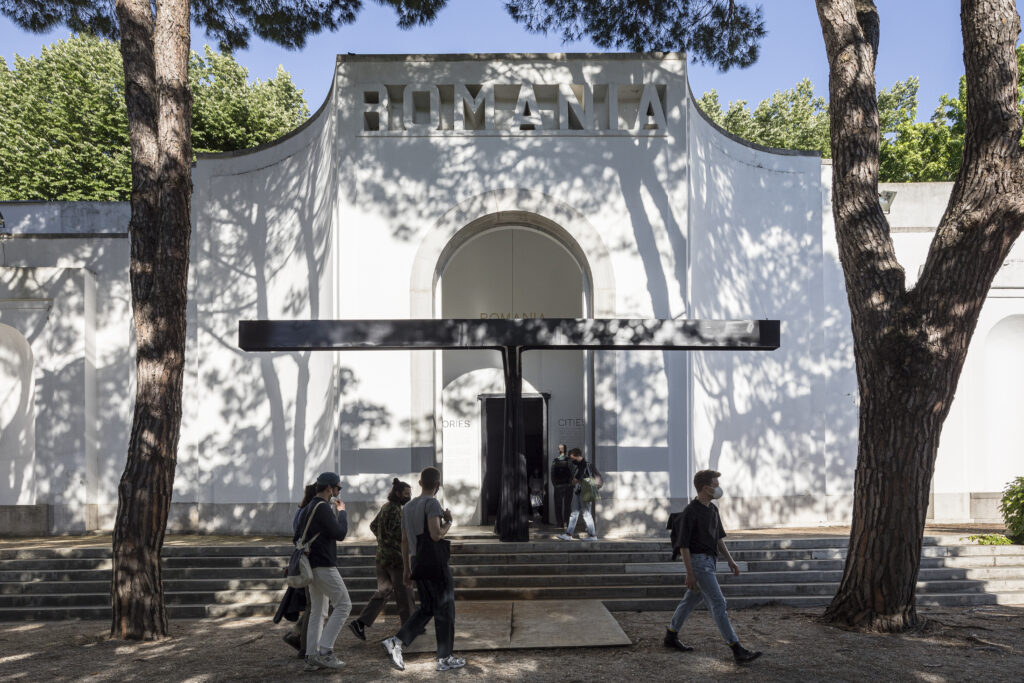
Fading Borders exhibition view, 2021, photo Laurian Ghinițoiu, courtesy the artists and the Venice Architecture Biennale
The Venice Architecture Biennale awaits its visitors until the 21st of October 2021. This 17th edition, first postponed in 2020 due to the pandemic, has invited no less than 60 countries to bring back to life the historical pavilions from Giardini della Biennale. Among the invited countries, Grenade, Irak and the Republic of Uzbekistan were present for the first time.
This year’s theme is life in community, and Romania is attending with an introspective initiative : the Fading Borders exhibition.
The “Fading Borders” exhibition project was declared winner, following a national contest of selection that happened in two phases, at the end of 2019 and at the beginning of 2020. The project brings its interpretation to the subject chosen by the Biennale for the year 2021, “How will we live together?” and was designed by the POSTER architecture bureau’s team. The exhibition opens a discussion around the negative migration phenomenon suffered by Romania, while observing its consequences within the communities’ ways of life and within the form of their settlements. It questions in which manner this dynamic would be able to change the way one interprets the actual urbanity, and how new forms of inhabiting could be built in the present situation. The result brought to the eyes is a contemplative exhibition, which grasps the esthetics of the population’s mutations and the fog surrounding today’s architecture’s identity.
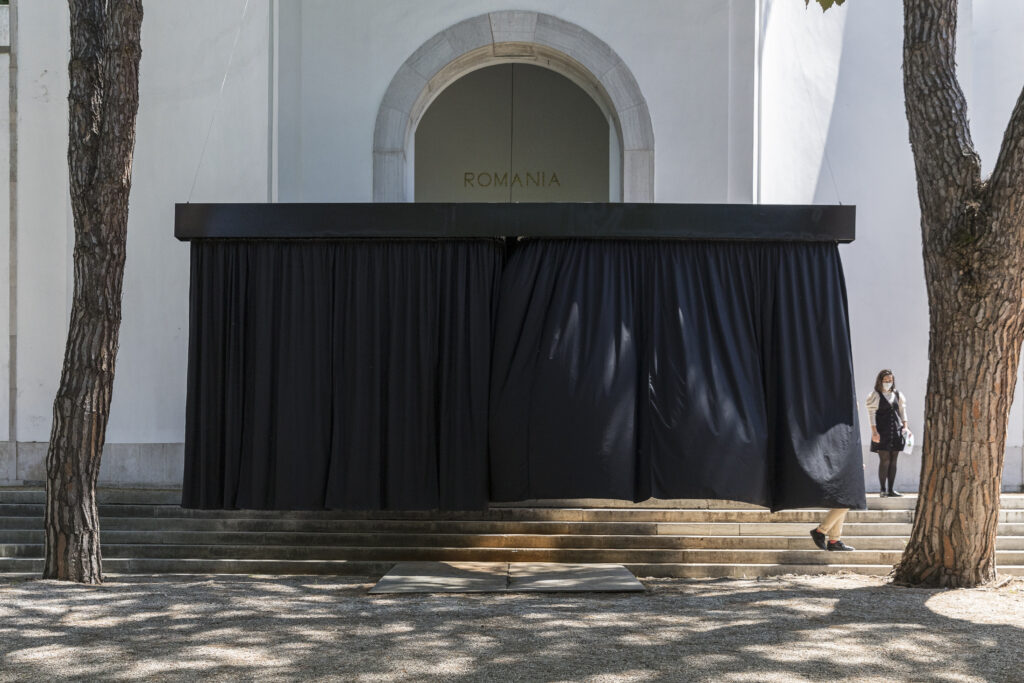
Fading Borders exhibition view, 2021, photo Laurian Ghinițoiu, courtesy the artists and the Venice Architecture Biennale
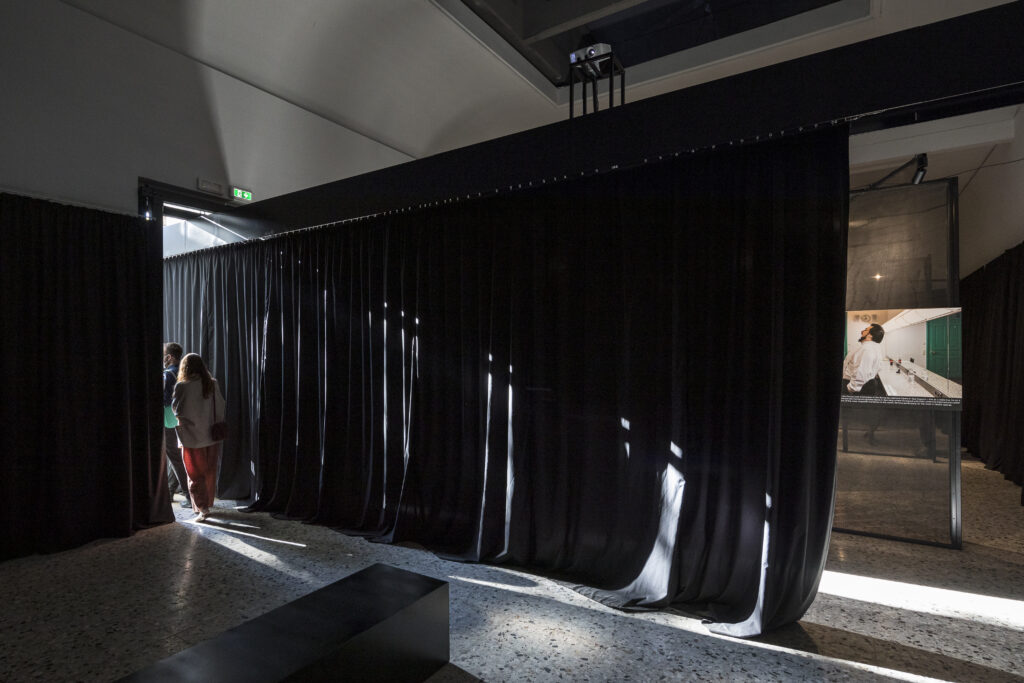
Fading Borders exhibition view, 2021, photo Laurian Ghinițoiu, courtesy the artists and the Venice Architecture Biennale
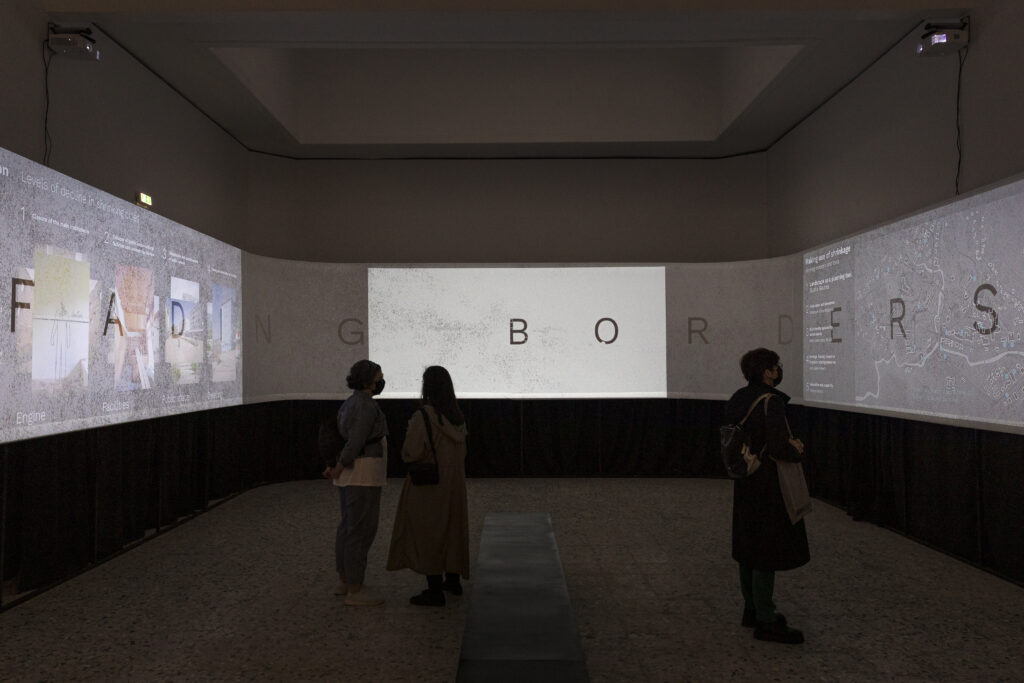
Fading Borders exhibition view, 2021, photo Laurian Ghinițoiu, courtesy the artists and the Venice Architecture Biennale
The “Fading Borders” project was thought by Irina Meliță, Ștefan Simion, Cristi Bădescu, Ștefania Hîrleață and Radu Tîrcă. Inside it one can find two different studies, “Away” (“Plecat”) carried out by the TELELEU team, and “Shrinking Cities in Romania” (“Orașe românești în declin”) carried out by the IdeilaGRAM team.
The piece “Shrinking Cities in Romania” was born following a research work that began in 2009, on the Romanian cities’ decline and contraction. Through a series of photographs which collect different angles of the cities’ abandonment, the research brings to light the effects of population’s diminution, visible on the urban environment. This phenomenon, called shrinkage, refers to a locality’s decline. While the cities’ desertion is an international process, it generates a loss of meaning, and its presence in Romania is fundamentally prominent. Cities of different typologies and sizes are confronted to varying forms of decline : socio-cultural, economical, physical or demographic. Touristic, big and small, industrial, agricultural and historical towns are part of the photography collection, even harbors on the Danube. Paradoxically, this process of abandoning allows the notion of decline to coexist with the notion of growth ; a fact arising from the inhabitants’ flexibility, which goes beyond the simple gesture of building. The study underlines the existence of two parallel realities : the field one made of improvised or abandoned constructions, and the official one which remains silent about the real state of urbanism in Romania. Despite the apparently negative connotations, the shrinkage phenomenon is in fact a driving force for urban renewal, for seeking alternative resources, for artistic creation and for the reevaluation of interhuman relationships.

Aninoasa, România, pop-up shop by the former mine cantine, Photo Tudor Constantinescu, courtesy Ideilagram
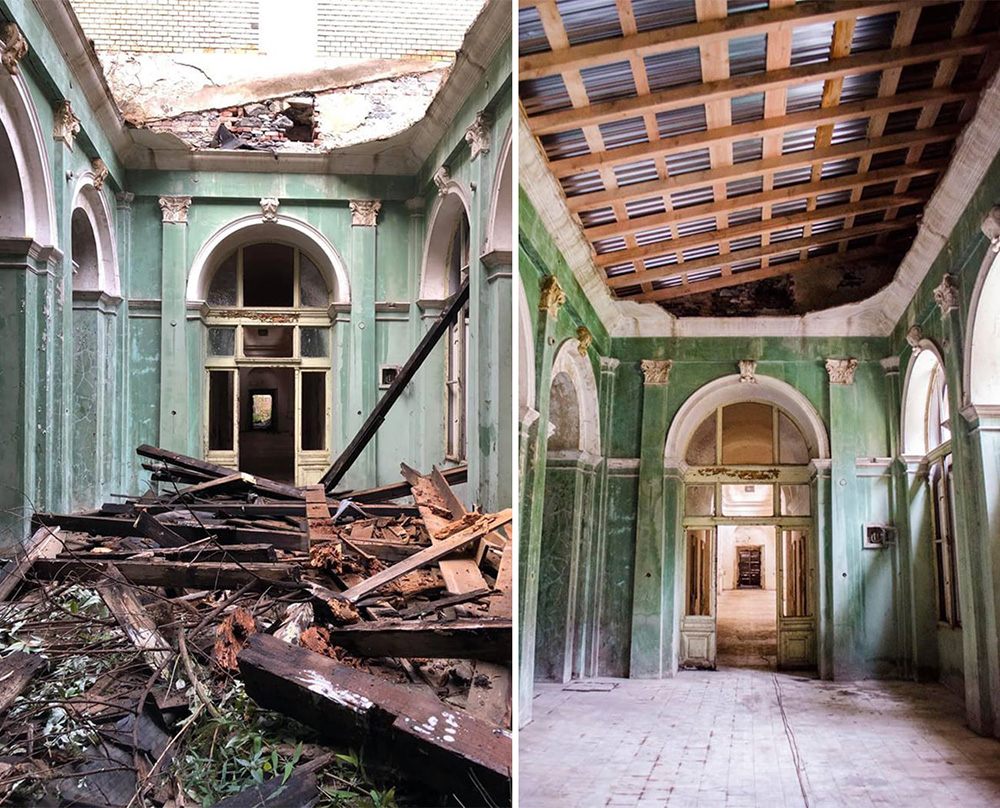
Băile Herculane, România, construction site for securing the buildingm Photo Herculane Project, coutresy Iedeilagram

Spain, Journalist Elena Stancu and photographer Cosmin Bumbuț in the campervan which they use to travel across Europe, 2020, courtesy Teleleu
In turn, the “Away” project analyzes the gesture of inhabiting, but from outside Romanian territory. Headed on a prolonged trip that started in 2013, the photographer Cosmin Bumbuț and the journalist Elena Stancu document the life stories of the ones who decided to find their luck in seasonal work. Their objective is to understand the impact that leaving had on the approximately 5 millions absent Romanians and on their adoptive countries. Romania is the European country with the largest number of inhabitants that live outside it : 14,6% (source: Politico, 2019) of the total population. From the numerous stories they came across, TELELEU chose 18, which illustrate the complexity of the migrant’s coexistence with different local communities from Europe. The varied contexts allow us to get to know people that work legally or not, in Germany, Spain and Portugal. The project, through images and texts, tells the story of how the pandemic affected those people’s working conditions : the ones in Germany kept on working in agriculture, the ones in Spain saw their businesses affected and the ones in Portugal lost their jobs in tourism.

Petrila, România, Dining on the bridge, Days of industrial heritage, photo Anda Pușcaș, courtesy Ideilagram
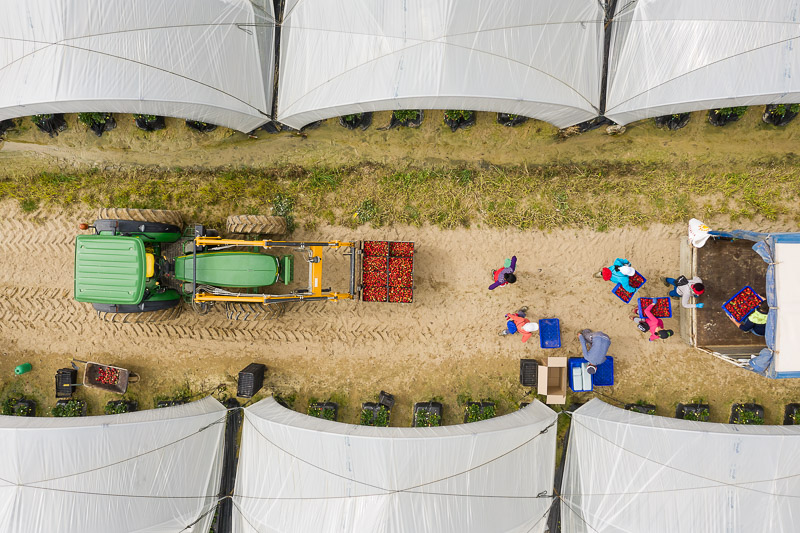
Palos de la Frontera, Spain, 2020, courtesy Teleleu
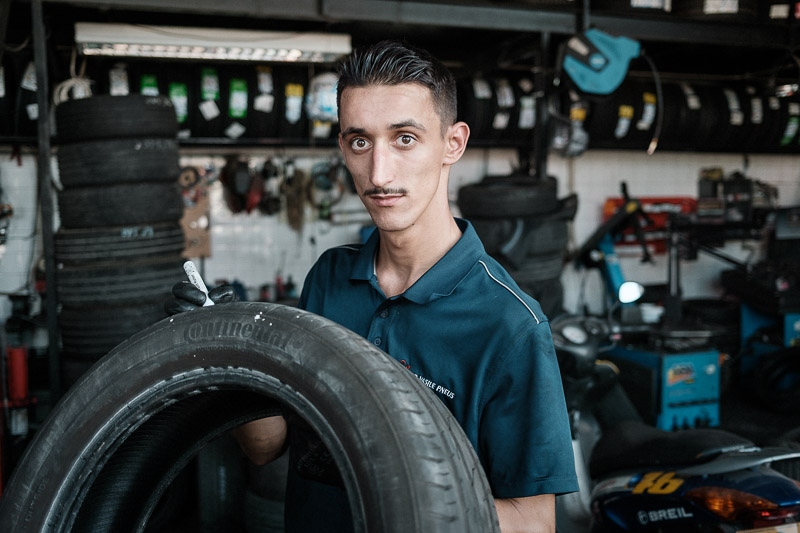
Loulé, Portugal, Ghiță from Poienile de sub Munte, Romania, 2020, courtesy Teleleu
In Venice, “Fading Borders” puts us too in an introspective state of mind, perhaps making us think of the towns that remained under construction. Although migration phenomena can be associated with poverty, war or natural disasters, its reality is brought by the exhibition at the center of discussions that concern the way we will live, the way the towns will thus exist.
The exhibition can be seen online, here.
Event and participants’ links :
https://fadingborders.eu/
https://www.labiennale.org/en/architecture/2021/17th-international-architecture-exhibition
https://teleleu.eu/povesti/
https://ideilagram.myportfolio.com/
https://my.matterport.com/show/?m=ssfBene6fz3
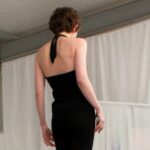
Stanca Soare / Vizual artist & foreign news editor : After graduating from the National Superior of Fine Arts from Bourges, I am presently collaborating with Artevezi for the Satellite 01001 column, for which I conceive articles on social and artistic subjects, about news in the Balkanic and Easter Europe space. I consider that art is part of the present society, no matter the country.
